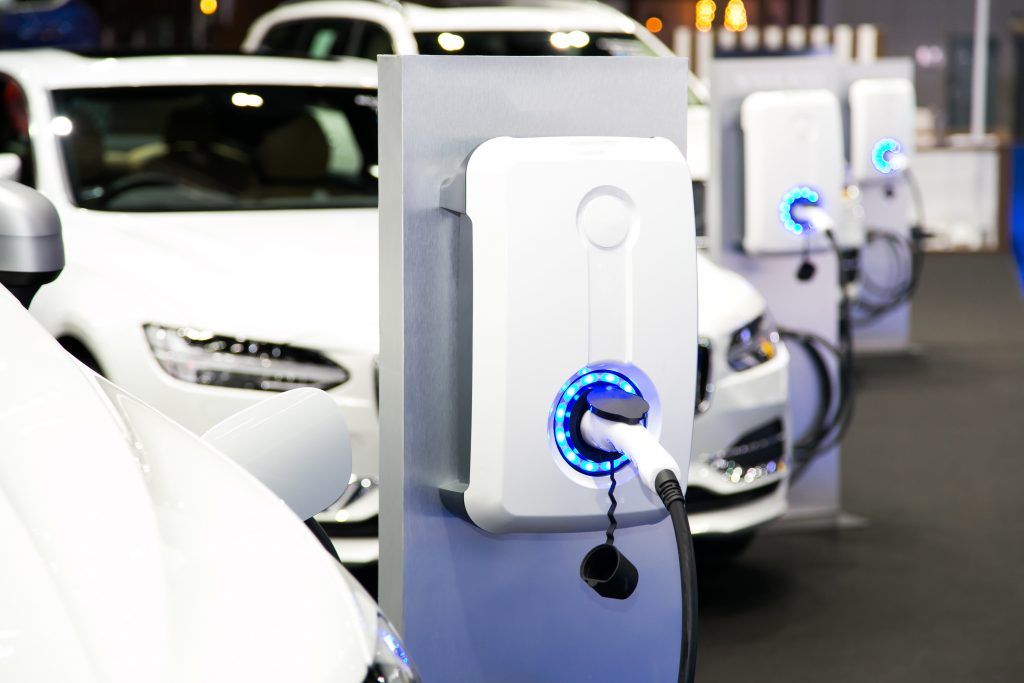Sara Sloman, Chief Strategy Officer of Paythru, looks at the unintended consequences of the government’s proposal to mandate a standardised payment system for EV charging.
The proposed retrofitting of contactless card readers onto EV charging hardware by the UK government may inadvertently cause negative consequences that could hinder the growth of the industry. Although the intention is to simplify payment for EV charging, there are potential drawbacks that must be considered. In my opinion, this proposal may create unintended consequences and limitations that could have detrimental effects on the EV industry’s progress and unforeseen environmental concerns.
Drivers should be able to access any charger with one of the three main payment methods; contactless, RFID, or app, allowing a variety of payment options, including mobile apps and roaming cards. Mandating a retrofit programme for contactless payment could add significant costs for both manufacturers and consumers, and create logistical challenges in the future for charging networks. To avoid these unintended consequences, I suggest that the government consider including the development of cloud-based and roaming payment systems as an option for payment alongside Contactless or as an alternative.
Closed networks that require pre-registered membership or exclusivity should be urgently reassessed as they exclude new users from getting vital charging when needed. Cloud-based and roaming payment systems should also become accepted as part of the customer experience legislation alongside contactless to future-proof the EV industry.
I’m concerned that mandating a standardised payment system could restrict payment options available to consumers and limit innovation in payment systems for EV Fleet drivers who have a different set of needs. Contactless payments work well, but they aren’t the end answer for all users. EV charge point manufacturers should have the freedom to design their payment systems, which may include cloud-based and roaming systems as well as contactless. Requiring a standardised payment system based on contactless card readers could limit the variety of payment options available to consumers and hinder progress in this area.
Furthermore, retrofitting contactless card readers onto EV hardware could be a complex and expensive process, which may result in significant costs for manufacturers, which could be passed on to consumers. There is a widely expected and anticipated delay for vital components including semiconductors which is already creating logistical challenges for EV charging networks which will be compounded by the need for additional card readers. My fear is that any legacy chargers won’t be deemed suitable for retrofit and retired before their time, which may hinder the expansion of charging networks and limit access to charging stations for EV drivers.
Additionally, there are technical challenges associated with retrofitting contactless payment terminals onto EV charging infrastructure. Some EV chargers may not have the internal capacity to accommodate the additional power required for contactless terminals, which could require landowners and charging point operators to install new power supplies at increased cost. Implementing contactless payment solutions may also require charger manufacturers or back-office service providers to modify the software or hardware of their systems to ensure that payment sessions can be initiated and terminated correctly.
In conclusion, I am concerned by the knock on consequences that a well-intended legislation aims to bring. I believe that prioritising a dual approach for the development of cloud-based and roaming payment systems alongside contactless will create a more accessible and innovative industry without these unintended consequences.
Image courtesy of Paythru.








